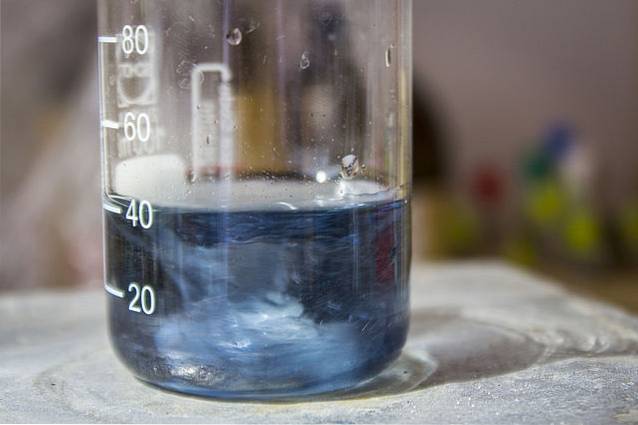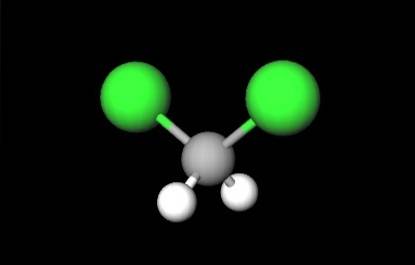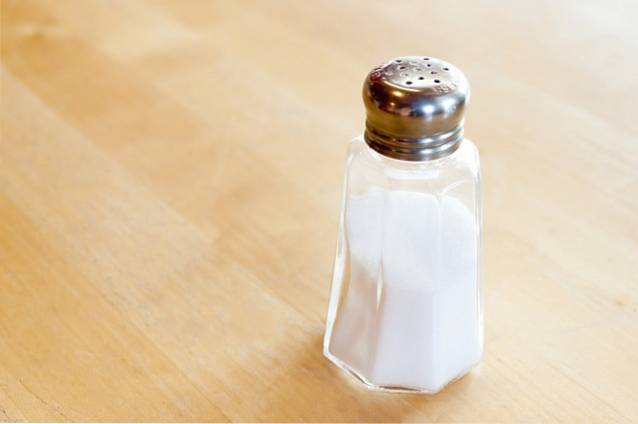
Producing Organisms Characteristics and Classification

The producer organisms they are those located in the first trophic level. Trophic levels classify living things according to the degree to which they depend on others for food.
Producing organisms carry out primary production, understood as the production of chemical energy carried out by living beings to be able to synthesize complex organic molecules from inorganic compounds.

It usually occurs through the process of photosynthesis, which uses light as an energy source. It can also occur through chemical synthesis, which uses the oxidation or reduction of inorganic compounds as sources of energy..
Almost all life forms depend on producing organisms, also known as autotrophs, which are the base of the food chain since they do not depend on other organisms to produce food..
Producing organisms: classification
The term "autotroph" comes from the Greek words autos (itself) and trophos (food) and refers to organisms capable of producing organic compounds, such as proteins, carbohydrates, and lipids through simpler substances found in their environment. . Autotrophic organisms include plants, algae, and some bacteria
To produce these compounds, autotrophic organisms need energy and, according to the process of obtaining energy that is used, these organisms can be phototrophic or chemotrophic..
Phototrophs
Phototrophic organisms are those that use light as a source of energy. This process is known as photosynthesis..
Photosynthesis is a process carried out by higher plants, by green, brown and red algae (both unicellular and multicellular). This process consists of capturing solar energy and transforming it into chemical energy that is used to synthesize organic compounds..
Elements of photosynthesis
- Solar energy, which is captured by chlorophyll present in chloroplasts (organoids of plant cells).
- Water, which is absorbed by the roots of the plants and transported to the leaves.
- Carbon dioxide, which enters the leaves of the plant, through small pores called stomata.
Phases of photosynthesis
- Light phase
The light phase receives this name because it requires the presence of light. During this phase, solar energy is captured by chlorophyll and, later, it is transformed into chemical energy. The water molecules are then broken down and the resulting oxygen is released into the atmosphere through the stomata..
- Dark phase
The dark phase is so named because the presence of light is not necessary. During this phase, the hydrogen atoms that were obtained when the water molecule was broken, bind to carbon dioxide, thus creating an organic compound called glucose (C6H1206). These carbon compounds are used by plants for their nutrition and growth..
The fundamental chemical reaction of photosynthesis is as follows:
COtwo + HtwoOR + light and chlorophyll → CHtwoO + Otwo
Carbon dioxide + Water + Light → Carbohydrates + oxygen
6 COtwo + 6 htwoO + light and chlorophyll → C6H1twoOR6 + 6 Otwo
Six molecules of carbon dioxide + Six molecules of water + light and chlorophyll → Glucose + six molecules of oxygen
Chemotrophs
Chemiotrophic organisms are those that carry out the synthesis of their food through the chemical process of oxyreduction, understanding by oxyreduction the chemical reaction that occurs in the oxidation of one compound thanks to the reduction of another.
The fundamental chemical reaction of chemosynthesis is as follows:
COtwo + ORtwo + 4 htwoS → CHtwoO + 4 S + 3 HtwoOR
Carbon dioxide + oxygen + four molecules of * → carbohydrates + four molecules of sulfur + three molecules of oxygen
Examples of chemotrophic organisms are the bacteria present within an active volcano.
Terrestrial producing organisms
On the earth's surface, most of the production is carried out by vascular plants, gymnosperms (coniferous plants) and angiosperms (flower plants).
There is also a lower proportion that comes from algae and non-vascular plants (which do not have a circulatory system) such as moss.
Ocean Producer Organisms
In the oceans, most of the production is carried out by algae, while vascular plants provide a small portion of production. In this sense, it is observed that the opposite happens that on the earth's surface.
Eukaryotic organisms, such as green, brown, and red algae, contribute greatly during primary production. It should be noted that much of the primary production is carried out by microscopic organisms such as phytoplankton.
For their part, the largest autotrophs, those found in the literal zone in shallow water, contribute to a lesser extent..
Role of producer organisms in the food chain
The food chain is made up of three trophic levels: producers, consumers, and decomposers..
Producer organisms are the base of the food chain and all other organisms depend directly or indirectly on them. Consuming organisms feed on plants (primary consumers), other herbivorous animals (secondary consumers) or other carnivorous animals (tertiary consumers).
For their part, decomposing organisms feed through the disintegration of animal and plant corpses, and other organic compounds.
These organisms mineralize organic matter and release chemical elements that are later used by autotrophs, starting the food chain again..
References
- Autotrophs vs. Heterotrophs. Retrieved on April 20, 2017, from diffen.com.
- Autotrophic. Retrieved on April 20, 2017, from biology-online.org.
- Autotroph. Retrieved on April 20, 2017, from hyperphysics.phy-astr.qsu.edu.
- Autotrophs. Retrieved on April 20, 2017, from dictionary.com.
- Autotroph. Retrieved on April 20, 2017, from nationalgeographic.org.
- Autotrophs. Retrieved on April 20, 2017, from dictionary.cambridge.org.
- 10 examples of autotrophs: plants, algae and bacteria. Retrieved on April 20, 2017, from brightubeducation.com.



Yet No Comments